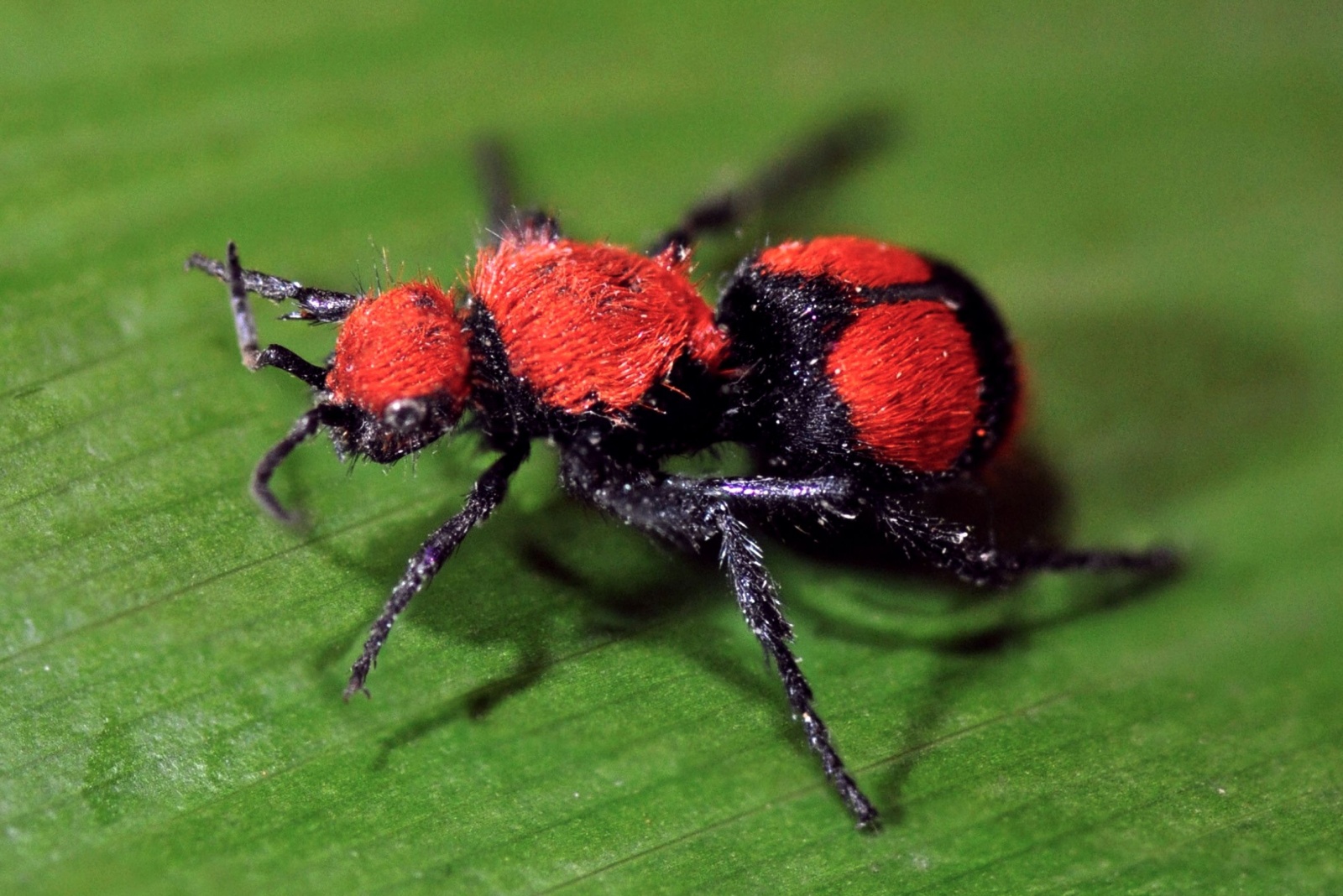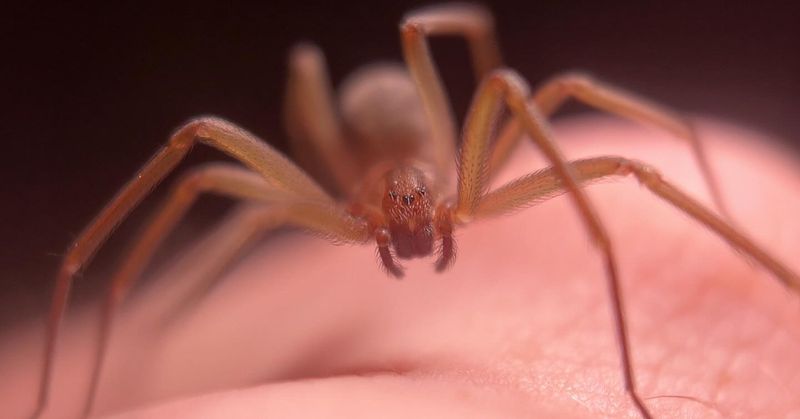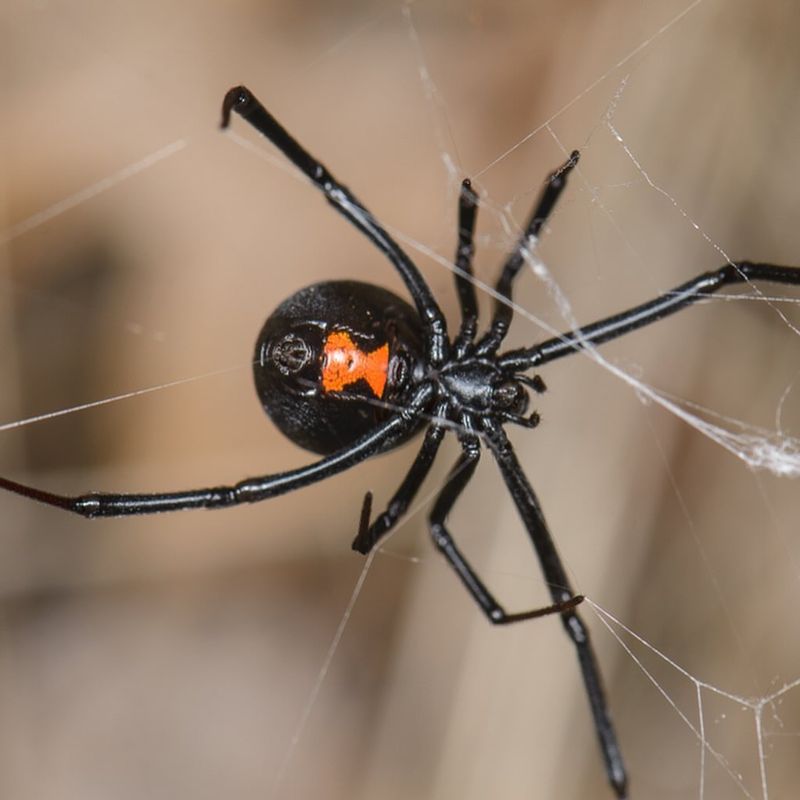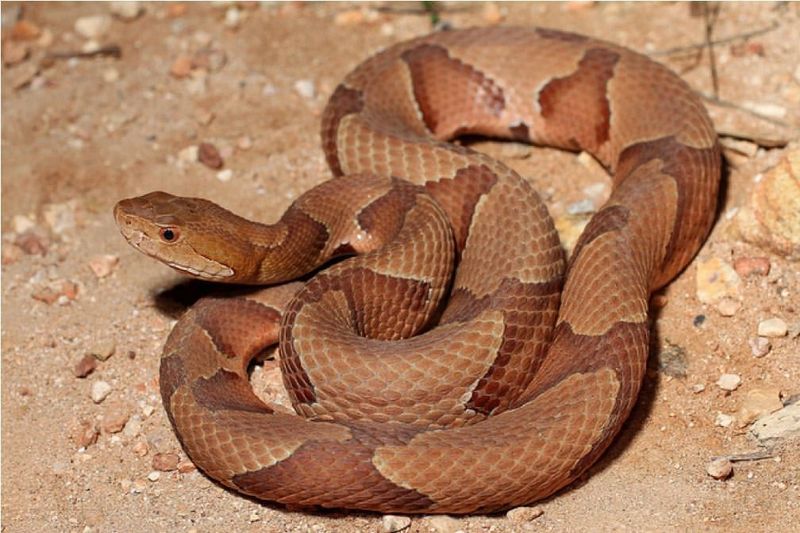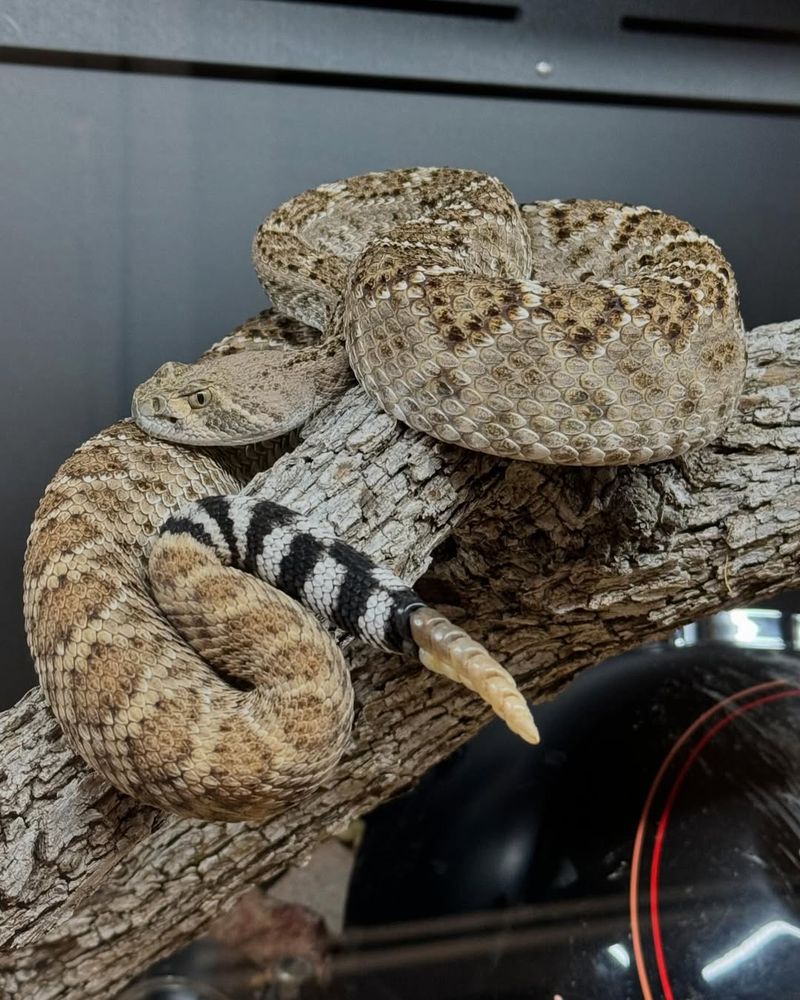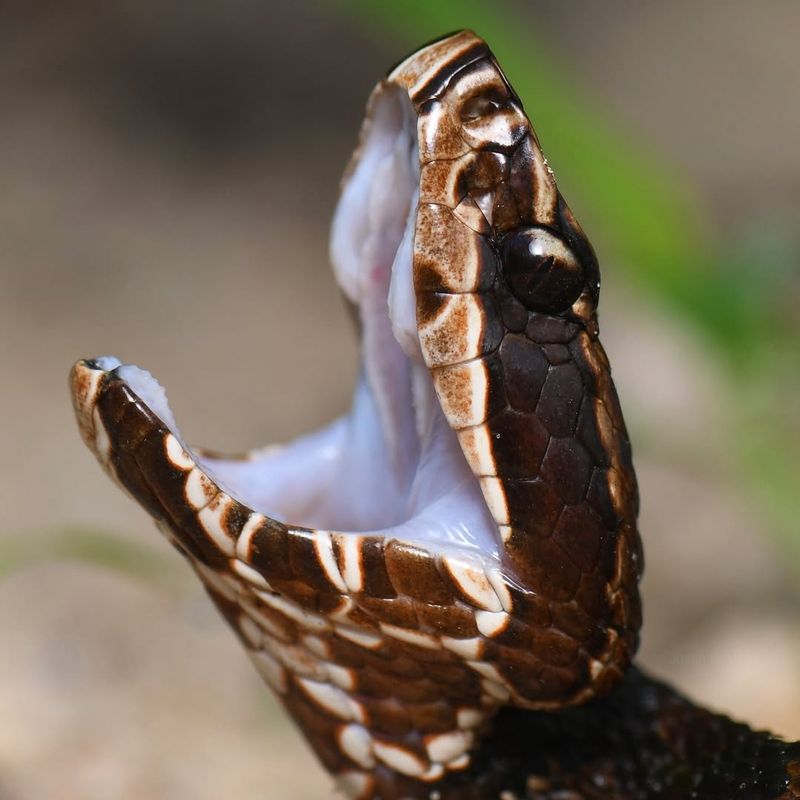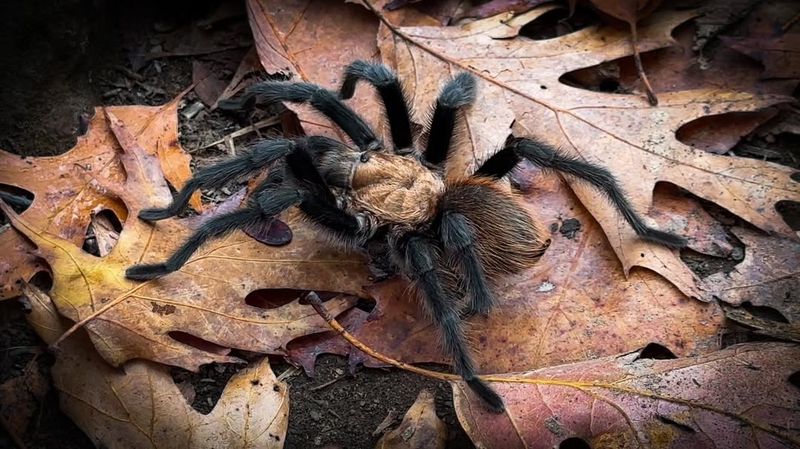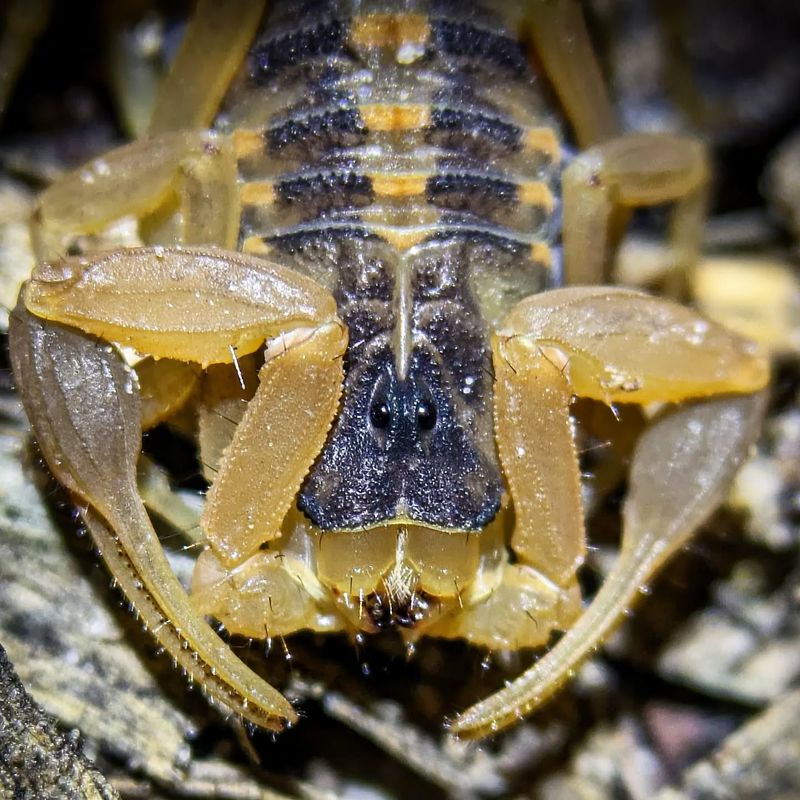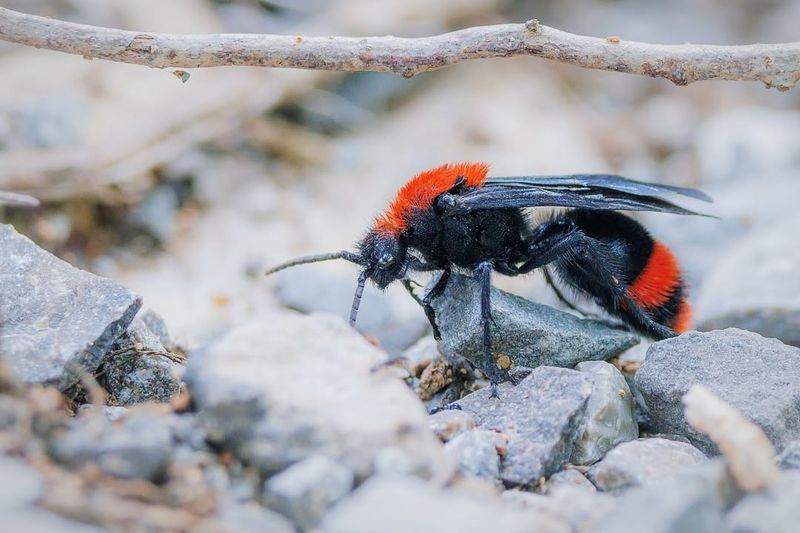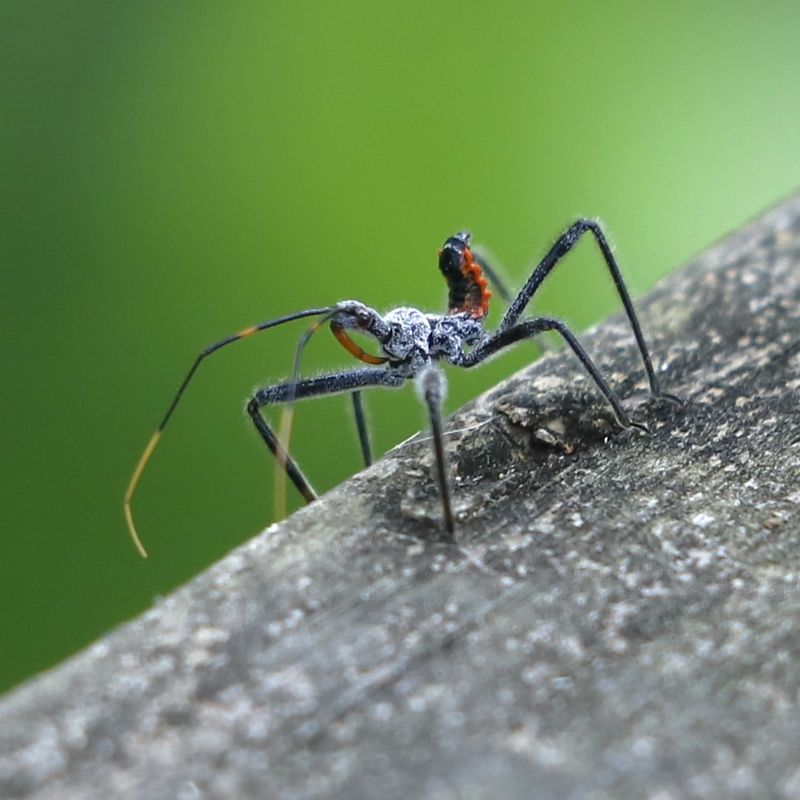Beneath Oklahoma’s big skies, danger sometimes hides in small packages. From quiet corners of the porch to the tall grass by the fence line, a few native residents pack more bite than bark.
Venomous creatures—from stealthy spiders to secretive snakes—call this state home, often slipping closer to human spaces than most folks realize. Staying aware of who’s lurking nearby can make the difference between a curious encounter and a painful mistake.
1. Brown Recluse Spider
With a violin-shaped mark on its back, the brown recluse spider prefers dark corners and undisturbed spaces. Basements, closets, and garages become perfect hiding spots for these shy creatures.
Their bite can cause tissue damage and serious wounds that take weeks to heal. Always shake out shoes and clothing left on the floor before wearing them.
If you spot one, avoid handling it directly and call pest control professionals for safe removal.
2. Black Widow Spider
Shiny black bodies with red hourglass markings make female black widows easy to identify. Males are smaller and less dangerous, rarely biting humans at all.
Oklahoma outdoor sheds, under decks, and cluttered storage areas attract these web-building spiders. Their venom affects the nervous system, causing muscle cramps and severe pain.
Wearing gloves when moving firewood or reaching into dark spaces reduces your risk. Medical attention should be sought immediately after any suspected bite.
3. Copperhead Snake
Copperheads blend perfectly with fallen leaves thanks to their copper-colored heads and hourglass patterns. Rock piles, brush, and leaf litter provide excellent camouflage for these pit vipers.
They typically freeze when approached rather than slithering away, making accidental encounters more likely. While their venom is relatively mild compared to other snakes, bites still require immediate medical care.
Keep Oklahoma yards tidy and grass trimmed short to discourage these snakes from settling near your home.
4. Western Diamondback Rattlesnake
Rattling sounds serve as nature’s warning system when these thick-bodied snakes feel threatened. Diamond-shaped patterns cover their backs, and black-and-white bands circle their tails just above the rattle.
They hunt rodents around barns, sheds, and overgrown areas during warm months. Bites deliver potent venom that destroys tissue and affects blood clotting.
Never attempt to catch or kill one yourself. Back away slowly and contact Oklahoma wildlife removal experts for assistance.
5. Timber Rattlesnake
Dark chevron bands cross the bodies of these heavy-bodied rattlers found in wooded Oklahoma neighborhoods. They’re less aggressive than other rattlesnake species but still dangerous when cornered or surprised.
Timber rattlesnakes often sun themselves on rocks or logs during cooler mornings. Their venom can cause severe pain, swelling, and internal bleeding.
Children and pets should stay away from brush piles where these snakes commonly rest. Creating clear sightlines in your yard helps prevent unexpected encounters.
6. Western Cottonmouth
Near Oklahoma ponds, creeks, and drainage areas, these semi-aquatic snakes patrol for fish and frogs. When threatened, they open their mouths wide, displaying the bright white interior that gives them their name.
Dark, thick bodies help them blend with muddy banks and vegetation along waterways. Their bites inject hemotoxic venom that damages tissue and blood cells.
Keep distance from any snake near water sources and supervise kids playing around these areas carefully.
7. Tarantula
Massive and hairy, Oklahoma tarantulas look scarier than they actually are to humans. Males wander during mating season in late summer and fall, often crossing driveways and patios.
While they do have venom, their bites feel similar to bee stings for most people. The real irritation comes from the barbed hairs they can flick when frightened.
Simply let them pass through your yard peacefully. They eat harmful insects and rarely cause problems for homeowners.
8. Striped Bark Scorpion
Two dark stripes running down their backs help identify these common Oklahoma scorpions. They climb surprisingly well, sometimes ending up inside homes through small cracks and gaps.
Nocturnal hunters, they hide under rocks, boards, and bark during daylight hours. Stings cause sharp pain, numbness, and swelling but are rarely life-threatening to healthy adults.
Check shoes and bedding before use, especially in rural areas. Sealing entry points around your home keeps these arthropods outside where they belong.
9. Velvet Ant
Despite their name and fuzzy appearance, velvet ants are actually flightless female wasps with incredibly painful stings. Bright red and black coloring warns potential predators to stay away.
Sandy soil and open Oklahoma areas attract these solitary insects searching for ground-nesting bee larvae. Their nickname, cow killer, refers to the sting’s intensity, though it’s not actually lethal.
Watch where you step when walking barefoot outside. The pain can last for hours even with treatment.
10. Wheel Bug
A cogwheel-like crest on their backs makes wheel bugs easy to identify among Oklahoma garden insects. These beneficial predators eat harmful pests like caterpillars and beetles throughout summer months.
They’ll defend themselves if grabbed or threatened, delivering a painful bite with their piercing mouthparts. The bite causes intense burning pain that can persist for several hours.
Appreciate them from a distance and never handle them. They help control garden pests naturally without chemicals or sprays.

